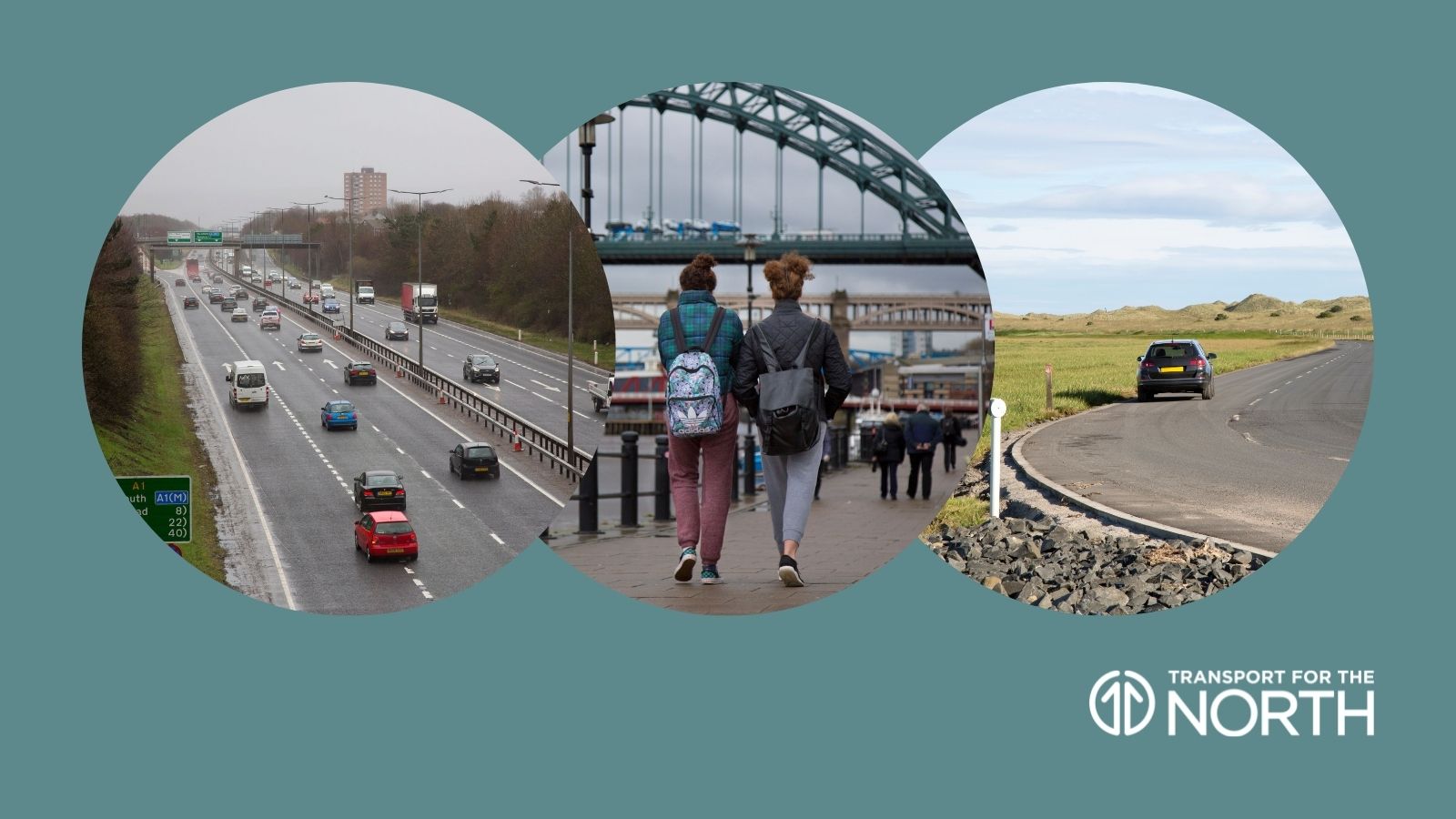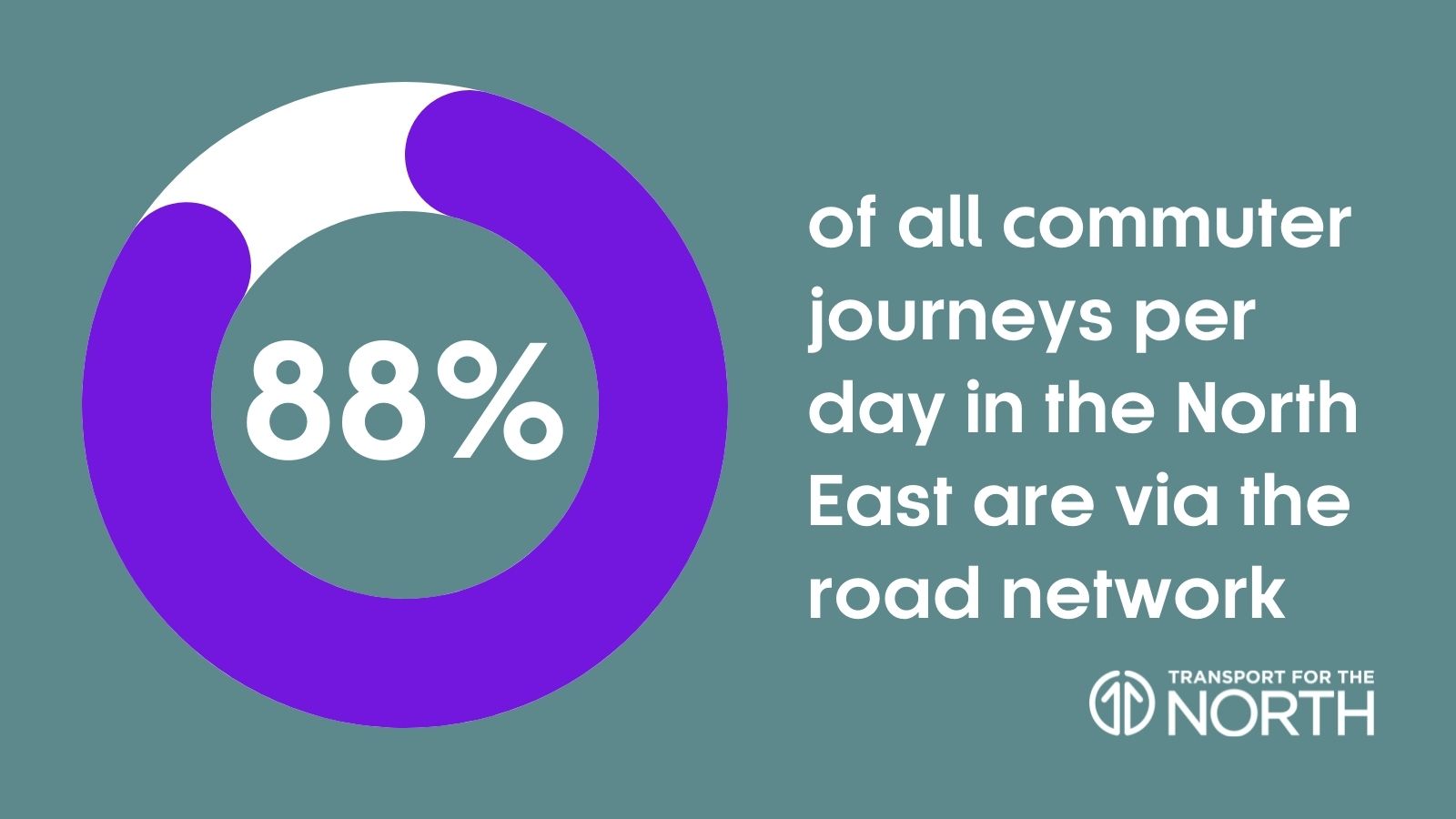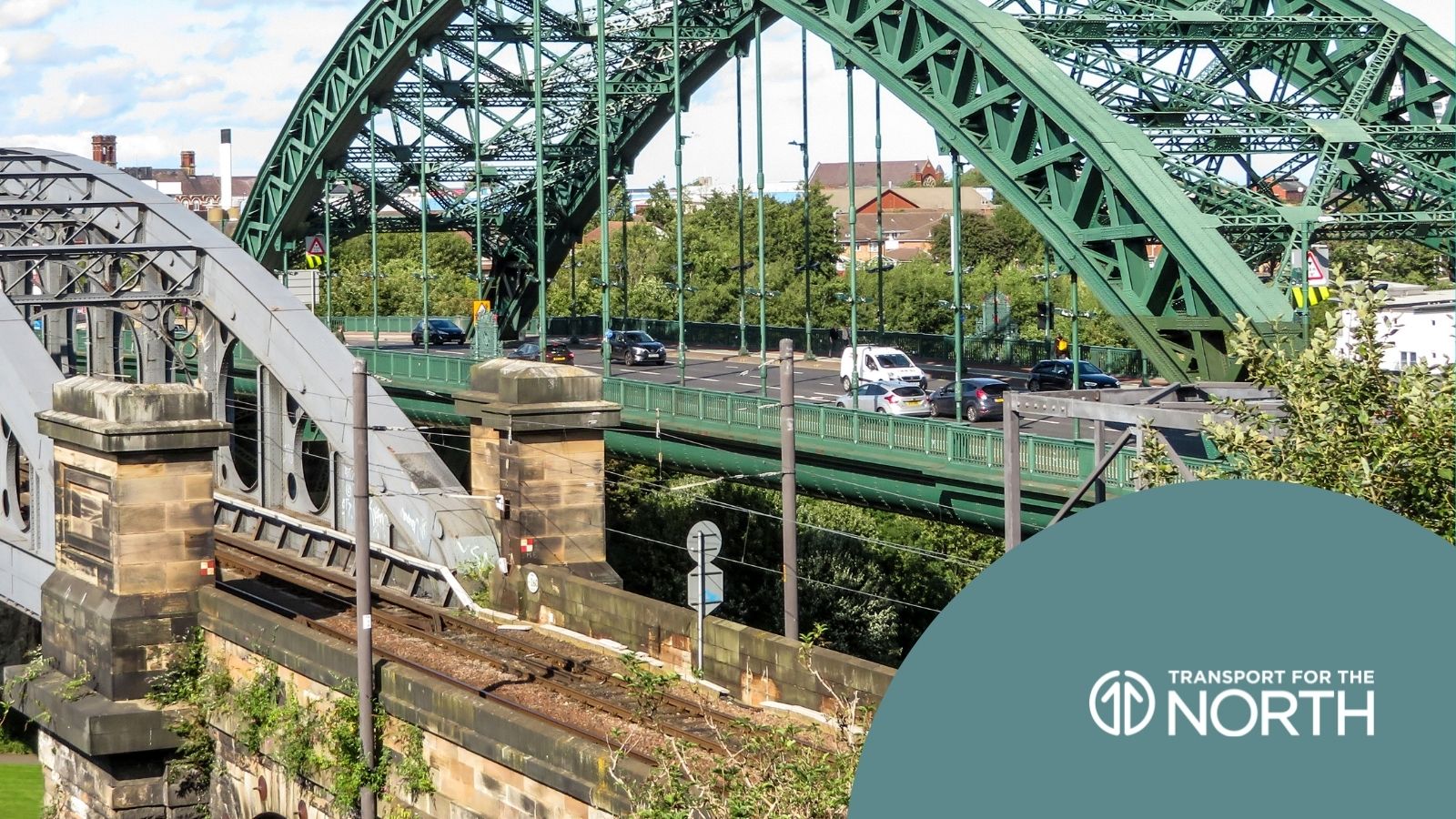Roads are a crucial component of our travel infrastructure and, with car use in the North increasing, investment is essential to avoid a congested and inefficient transport system.
By developing Northern transport, improving efficiency, and increasing connectivity with the rest of the country, everyone living and working in the region will benefit.
We spoke with three local transport authorities to understand just how important their local roads are. Here we gain a deeper understanding of the landscape of roads in the North East.

The North East is home to over two million people living in a range of vibrant urban and rural communities. The region has a rich history and prides itself on being home to positive people who strive to drive the country forward. However, the North East has seen drastically lower levels of transport investment per head than many other areas of the country.
The mixture of urban, suburban, and rural areas presents a range of challenges when planning the region’s transport network. While congestion and poor air quality present an issue in some of our cities; rural isolation and transport poverty may impact others elsewhere in the region.
Creating one integrated network is key to ensure no one and nowhere is left behind. Transport North East aims to drive forward its vision of ‘moving to a green, healthy, dynamic and thriving North East’ through its ambitious Transport Plan.
The Road Network across the region interfaces with every journey made on a daily basis, allowing the population to reach work, education, healthcare and to visit friends and loved ones. It accounts for 88% of all commuter journeys per day and is therefore crucial to the lives of those living in rural and urban areas of the region.
The North East is looking to prioritise investment in schemes to improve the road network that will have key economic impact. This includes improvements to the A1, delivering changes on the A19, as well as major maintenance on the Tyne Bridge, Central Motorway and Burnigill Bank. These roads are essential for connecting areas both within and outside the region.

Nation Roads Fund (NRF) Bids
NRF funding would allow for essential improvement to the Major Road Network (MRN) across the North East. The MRN in the region comprises 3,389 miles, providing essential routes which connect major centres, ports, and airports to centres of industry.
When preparing its NRF bid, Transport North East demonstrated the considerations taken when defining the shape of the MRN across the North East. The transport authority also included its core objectives for the management and operation of the network, as well as a pipeline of projects the region considers achievable and deliverable over the next five years, set against existing investment plans.

The importance of active travel in the region
Active travel, including walking and cycling, is well-known to have profound health benefits, however there are still barriers preventing some people utilising this method of transport. This can be especially true in some rural areas where roads may lack pavements for example, making walking unappealing. The region aims to invest in a series of measures that will make active travel a more attractive mode of transport, positioning walking and cycling as a safe and enjoyable way to travel.
The North East’s cycle network, consisting of 16 routes that are part of the National Cycling Network, is growing – the region’s walking and cycling network has had around £60m of investment over recent years, both from local funding and the Government. By continuing to make improvements to both walking and cycling infrastructure, it is hoped that the numbers of those able to utilise the infrastructure will increase substantially.

Fundamentally, the road network is a central part of the region’s transport infrastructure and needs to be funded accordingly. It is critical the roads are well maintained for both the region’s environment and economy.
The North East has a deliverable pipeline of transport schemes (including dualling the A1 and solving congestion pinch points to unlock economic regeneration including at Whitemare Pool); however, their provision is reliant on the sustainable allocation of development and delivery funding.
The North East Transport Plan covers two combined authorities: The North East Combined Authority (comprising Durham, Gateshead, South Tyneside and Sunderland) and The North of Tyne Combined Authority (comprising Newcastle upon Tyne, North Tyneside and Northumberland). It addresses the needs of people living across these areas, outlining transport priorities in the region up to 2035.
Investment is needed firstly to enable the region’s roads to operate more efficiently – for instance, by improving the flow of vehicles. Limiting congestion will assist in combating poor air quality, which is estimated to account for around 360 deaths each year. Plans to place effective strategies across all road typologies will ensure the delivery of safe, well maintained networks that provide journey reliability.
Secondly, sustainability is crucial to the region’s proposed Transport Plan with a focus on carbon-neutral transport. The COVID-19 lockdowns of 2020 and 2021 have given us cleaner and quieter towns, cities and neighbourhoods, and the region aims to work to sustain some of the benefits this has afforded.
Contributing towards this, in addition to promoting active travel, the region requires funding to support the expansion of electric vehicle charging provision in the region. Investment in electric vehicle infrastructure is a key aspect of the Transport Plan. It is believed that wider take-up of EVs will help to achieve the region’s carbon-neutral objective by reducing air pollution across the board.
By improving the region’s road network, as part of an integrated transport system, major steps will be taken in addressing long-standing health, social and economic equalities in the North East which will benefit those living in the area for decades to come.